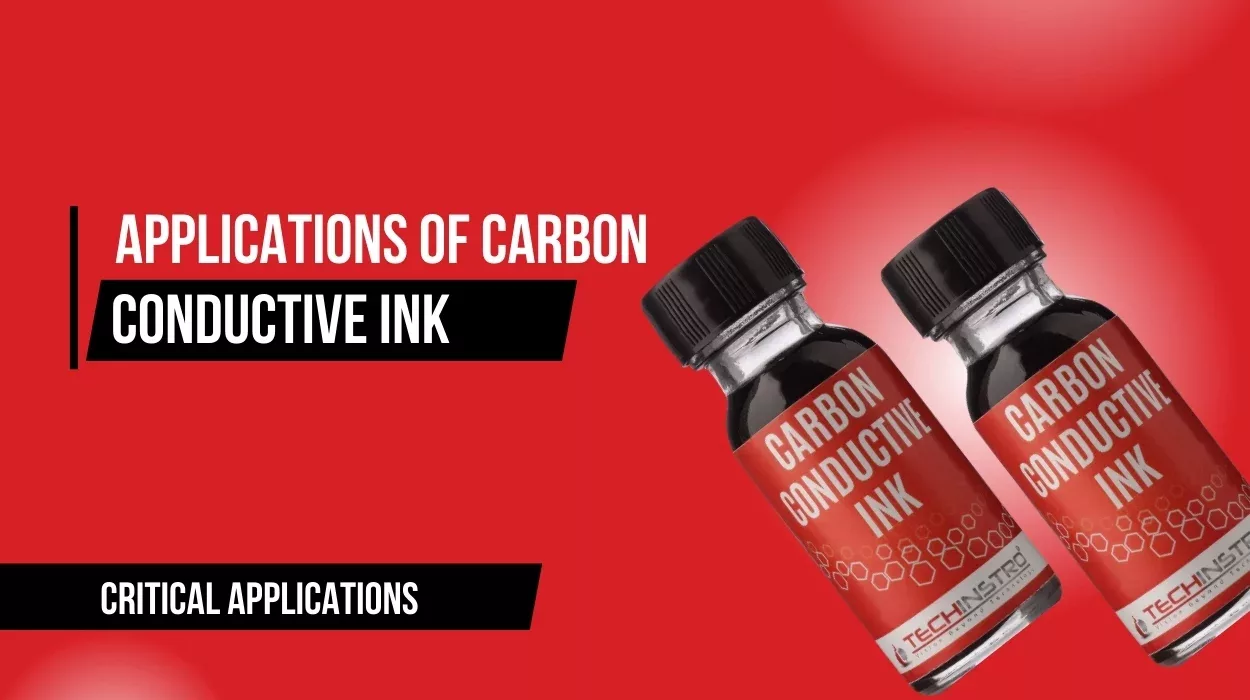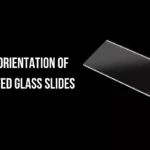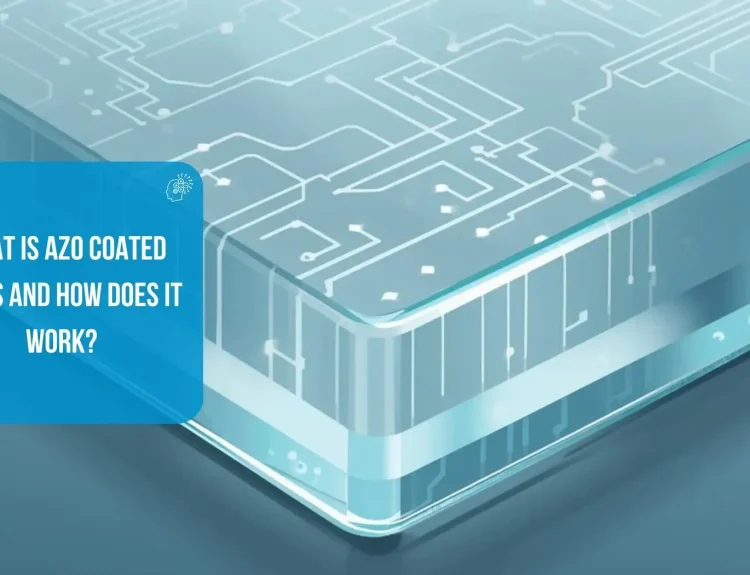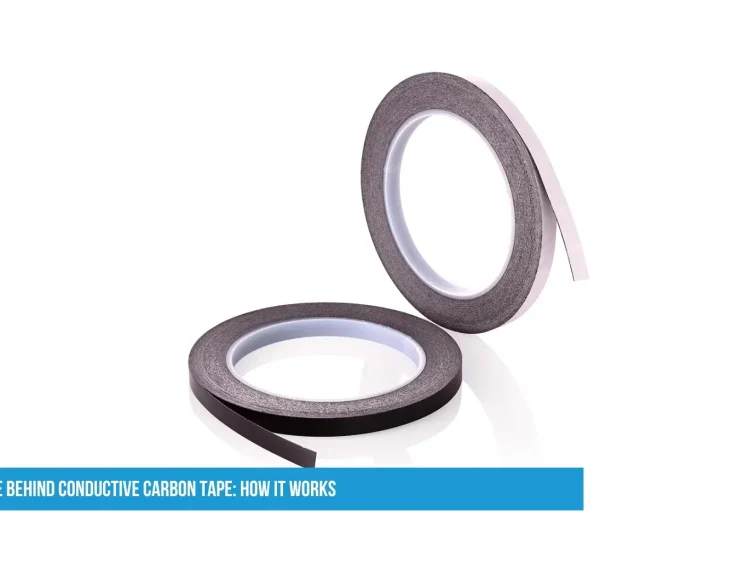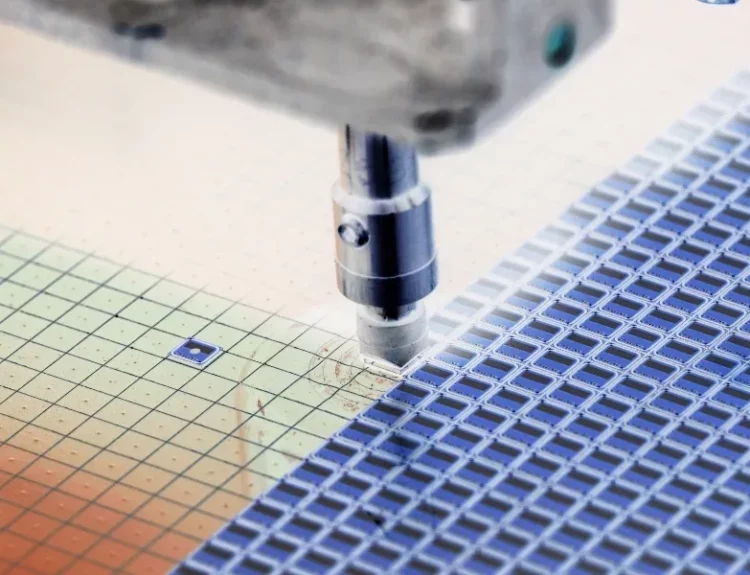Carbon conductive ink is a special type of ink that conducts electricity. It is made by mixing tiny particles of carbon with a liquid medium. Like regular ink, carbon conductive ink can be easily applied to different surfaces. Once it dries, the carbon particles form a conductive path, allowing electricity flow. This unique property makes carbon-conductive ink essential in various industries and research fields.
Critical Applications of Carbon Conductive Ink
Carbon conductive ink has a wide range of applications because of its versatility and ease of use. Here are some of the critical areas where it is used:
List of Best Carbon Conductive Ink Manufacturers:
You can purchase it from the following links:
Printed Electronics:
- Flexible Circuits: Carbon conductive ink prints flexible circuits on plastic and paper. These circuits can be bent, folded, or even rolled up, making them ideal for wearable electronics, bright clothing, and flexible displays.
- Printed Sensors: In printed electronics, sensors made with carbon conductive ink can detect changes in pressure, temperature, or humidity. These sensors are used in various applications, such as medical devices, environmental monitoring, and intelligent packaging.
Touchscreens and User Interfaces:
- Resistive Touchscreens: Carbon conductive ink is used to create the touch-sensitive layers in resistive touchscreens, found in many devices like ATMs, smartphones, and tablets. When you press the screen, the carbon ink helps detect the touch and send the signal to the device.
- Button Pads and Switches: Carbon conductive ink also creates button pads and switches for various electronic devices. It enables the buttons to work by conducting the electrical signal when pressed.
Conductive Traces and Connections:
- Repairing Circuit Boards: Carbon conductive ink is often used to repair broken or damaged circuit traces on printed circuit boards (PCBs). Applying the ink over the broken area can restore the electrical connection, making the device functional.
- Creating Custom Circuits: For hobbyists and engineers, carbon conductive ink allows the creation of custom circuits on various surfaces. This is useful in prototyping and testing new designs without manufacturing a whole PCB.
Heaters and Defrosters:
- Printed Heaters: Carbon conductive ink creates thin, flexible heaters that can be printed onto different surfaces. These heaters are used in applications like car seat warmers, defogging mirrors, and heated clothing.
- Defrosters for Windows: Carbon-conductive ink is used to create defrosters for windows in the automotive and aerospace industries. The ink is applied in thin lines on the glass, and when electricity passes through, it generates heat that clears frost or ice.
Energy Storage Devices:
- Supercapacitors: Carbon-conductive ink is used to produce supercapacitors, energy storage devices that can quickly charge and discharge electricity. The ink’s conductive properties help improve the performance and efficiency of these devices.
- Batteries: In some advanced battery designs, carbon conductive ink enhances the conductivity of the electrodes, leading to better energy storage and faster charging times.
Biomedical Devices:
- Biosensors: Carbon conductive ink is used to create biosensors that can detect various biological signals, such as blood glucose levels or specific proteins. These sensors are essential in medical diagnostics and patient monitoring.
- Electrodes for Medical Devices: In medical devices like ECG (electrocardiogram) machines, carbon conductive ink makes electrodes that detect electrical signals from the body. These electrodes are crucial for monitoring heart activity and other vital signs.
Advantages of Carbon Conductive Ink
- Cost-Effective: Carbon conductive ink is generally more affordable than other conductive materials, making it a cost-effective option for many applications.
- Flexible and Versatile: It can be applied to various surfaces and materials, including flexible substrates, which allows for a wide range of uses.
- Easy to Use: The ink can be applied using simple printing techniques, like screen printing, inkjet printing, making it accessible for both industrial and small-scale applications.
Conclusion
Carbon conductive ink is a versatile material with numerous applications across different fields, from electronics and energy storage to biomedical devices. Its ability to conduct electricity, ease of use, and affordability make it an essential tool in modern technology. As research and development continue, we expect to see even more innovative uses for carbon conductive ink.


